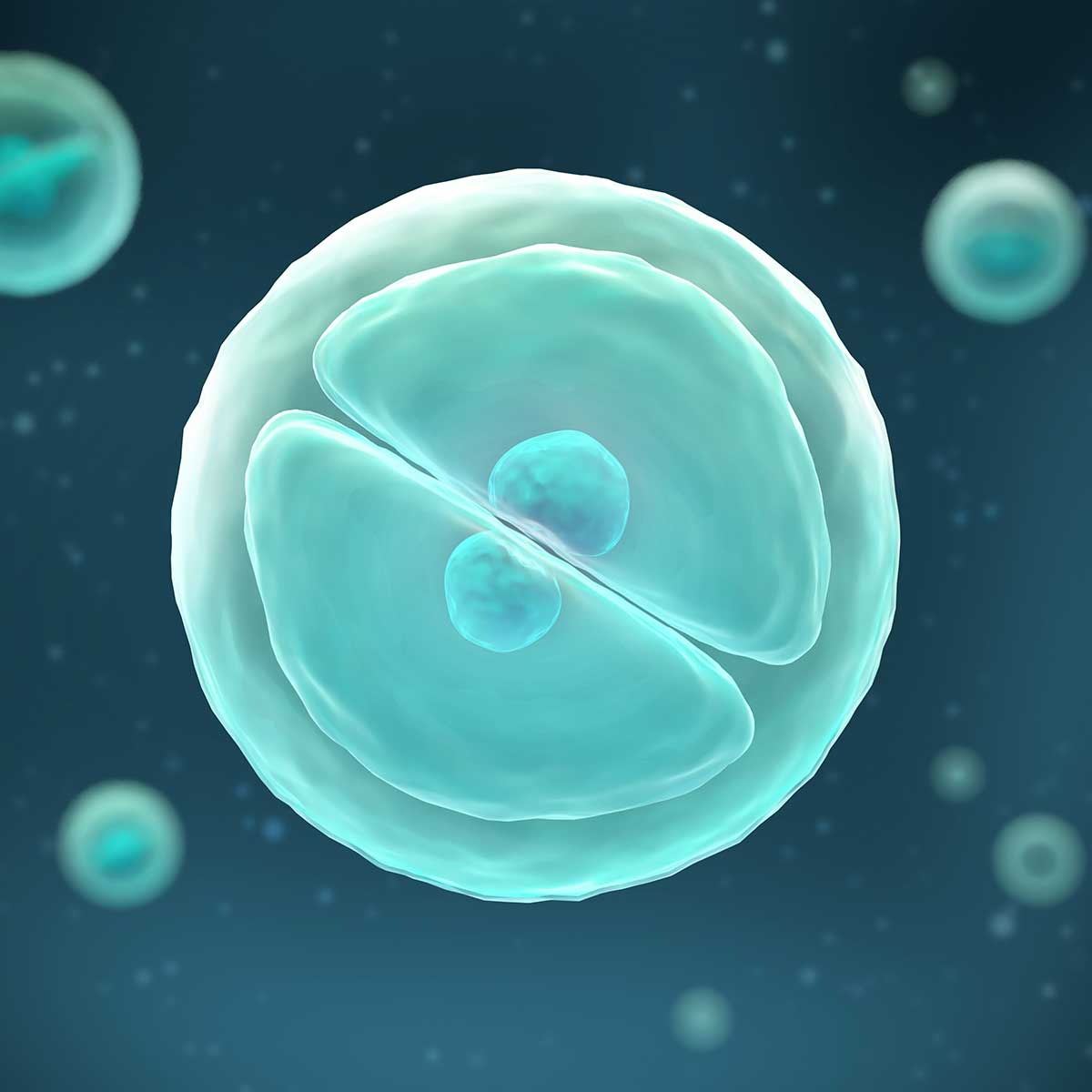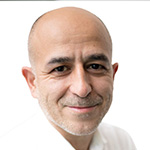Regenerative Medicine - the Most Important Path in the Field of Neuroregeneration Today
Prof. Musa Citak, M.D., about Regenerative Medicine
Dementia diseases and Neuroregeneration
In my opinion, the field of regenerative medicine is the most important path in medical research and application today. Until 20 years ago, the impetus for physicians to deal scientifically with the self-healing possibilities or mechanisms of the human being was still dismissed with a smile in conventional medicine. One was too much concentrated on the treatment of pure symptoms and the manipulation of the human biochemistry. Classical medicine was (and still is) primarily disease-oriented in its approach, isolated factors were and still are in the foreground as causes of disease. In the meantime, however, the human being is increasingly understood as an interconnected system in conventional medicine as well, which is reflected accordingly in research. However, it should be noted that Germany is unfortunately still lagging far behind other countries in the field of regenerative medicine.

What is Regenerative Medicine?
The field of regenerative medicine is concerned with the restoration of dysfunctional cells, tissues and organs both by biological replacement, for example with the aid of cultured tissue, but also by stimulating the body’s own regeneration and repair processes. In fact, we humans all possess a large arsenal of both independently active and latently existing regeneration mechanisms, which, however, require targeted external support for their activation.
Regeneration is defined by healing or restoring processes, which until now could not be explained by the rather chemical-mechanistic philosophy of our scientific approaches and which used to be of only marginal interest. However, we – and you, too – have long known truly self-sufficient regeneration from nature: If you cut an earthworm in two, both parts can mature again into a complete earthworm after a certain time. Salamanders, which are almost identical to us in their physical structure, also have the ability to regrow many body parts in all their details after they have been lost: Eyes, legs, almost the entire digestive tract and, last but not least, up to one third of the brain are newly formed in salamanders. In humans, the regeneration mechanisms are far less developed, but they are still present – but what principles or mechanisms make this possible?
Stem cells – part of regenerative medicine research
In the past 20 years, science has entered the field of regenerative medicine more expansively. Especially the stem cell research is massively pushed, because stem cells are considered a great hope in medicine. Stem cells, which have repair capability and new formation as their basic properties, are initially undifferentiated cells that can develop into the various 200 types of cells in our body. They have a high proliferation potential and can influence other cells by releasing signal substances. Stem cells repair, regenerate and have an anti-inflammatory effect. We all carry stem cells inside us. Even at this very second, as you read this, it is the stem cells in your bone marrow that are producing around those 100,000 million new blood cells that your body needs every day!
The use of stem cells, also for ethical reasons, rightly, very controversial and the regulations are not uniform. This is because in the process of obtaining embryonic stem cells, which are naturally the most potent, the embryo must be destroyed. Their use in general practice is prohibited and only a few cell lines from embryos are used for research purposes in Europe. Since 2006, it has been possible to reprogram already specialized “adult” tissue cells that behave like embryonic stem cells, for which the 2012 Nobel Prize in Physiology or Medicine was awarded to Britain’s John Gurdon and Japan’s Shinya Yamanaka. Moreover, these techniques are still too new and the process of reprogamming is not yet precisely understood. But if one day we will be able to understand the processes of stem cell outgamation and remodeling and use them constructively without loss of incipient life and without collateral damage, then we are in for a far-reaching milestone in medicine – besides the use of shock waves! – a far-reaching milestone is ahead of us.
Therefore an important note: We do not use stem cell therapies in our practice and mention this branch of research here only for the sake of completeness!
Regenerative Medicine in our practice
A treatment of regenerative nature is first of all health-oriented and not disease-oriented. Regenerative medicine is defined, among other things, by the stimulation of the self-healing powers, the restoration of the inner balance and/or the prevention of health disorders of all kinds.
In our practice, we rely on materials and active substances whose properties specifically promote the regeneration of the human organism. This includes, for example, the autologous blood therapy PRP (PRP = stands for “Platelet Rich Plasma”). This is concentrated blood plasma that is produced from the patient’s own blood. In the case of arthrosis, diseases of the musculoskeletal system and cartilage damage, PRP enables regeneration by activating self-healing forces. Hyaluronic acid, a multiple sugar, is also found almost everywhere in the human body. Due to its spatial structure, hyaluronic acid can bind water and thus contribute to the stability and friction-free mechanics of joints. In the skin, hyaluronic acid ensures the natural elasticity and firmness of connective tissue. With age, the contingent of hyaluronic acid decreases, causing discomfort in the bones and cartilage, the vitreous humour of the eye and a reduction in the synovial fluid. The connective tissue, which connects and supports all types of tissue in the body, also reduces its fluid contingent. Through the targeted administration of hyaluron, we can stop this process, replenish the contingent and thus provide the organism with targeted regenerative support.

Shock waves in Medicine - the Regenerative Medicine of the Future
Shock waves can do much more than just break up kidney stones. This marked the beginning of this non-invasive, physical therapy method in the 1980s. Without causing mechanical damage, shock waves trigger biological reactions in the treated tissue through their compressive, tensile and shear forces (mechanotransduction). This activates genes in the cell nucleus, which in turn begin to produce proteins (including growth factors) that are responsible for the healing process. Shock waves, also known as sound waves, accelerate wound and bone healing, promote angiogenesis (the formation of new blood vessels from existing blood vessels), stimulate the immune system and also attract the body’s own stem cells to damaged body tissue. These cells migrate into the damaged tissue and develop into cells that are needed there to regenerate the organism. Recently, they have also offered chances of healing after heart attacks and hope for people with spinal cord injuries, etc., which is currently being intensively researched worldwide. To date, there are approximately 3,000 studies on shock waves in medicine.
Neuroregeneration with Shockwaves - the Consistent Step for the Treatment of Neurodegenerative diseases
Shockwave-based Transcranial Pulse Stimulation now joins the broad field of shockwave applications as a treatment option for neurodegenerative diseases such as Alzheimer’s dementia, and in the future probably also for other forms of dementia, Parkinson’s disease, post-stroke conditions and depression.
In the other sections of our website you will find further information about transcranial pulse stimulation.

